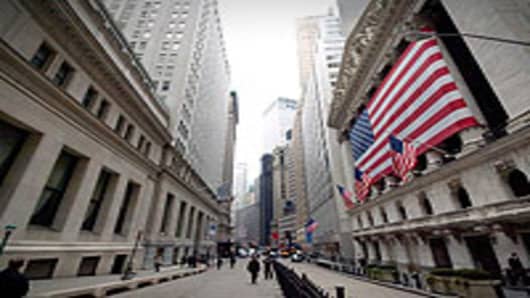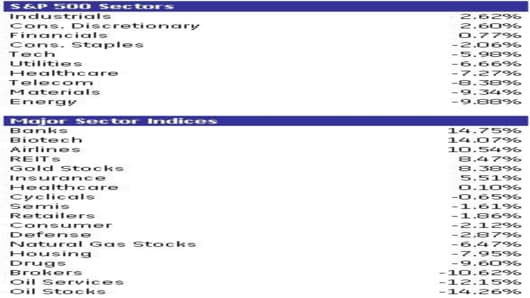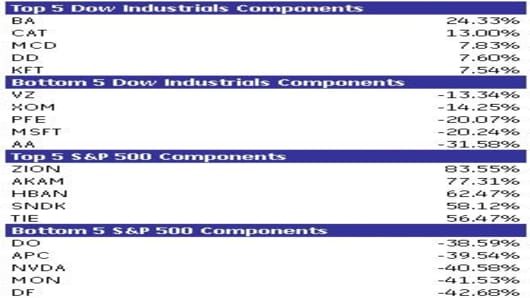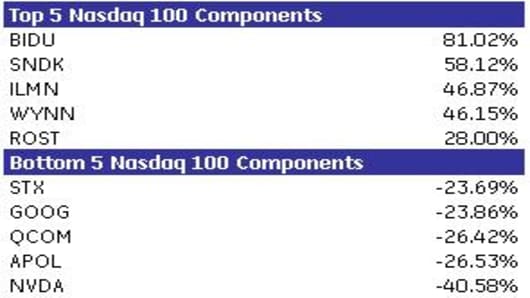It has certainly been a forgettable quarter and a lackluster first half of the year for investors. With two trading sessions left in the quarter, U.S. stocks are on pace for their first quarterly decline since Q1 2009, snapping 4 straight quarters of gains.
Meanwhile, the disappointing second quarter has also erased all of the gains for the markets this year. It’s a story all too familiar to the Dow Industrials. For the third straight year, the blue chip index finds itself in yet another hole as it’s on pace to end the first half of the year with a decline, again.
U.S. Indices Year-to-Date
- Dow Industrials -2.78%
- S&P 500 -3.63%
- Nasdaq Composite -2.14%
But despite the losses so far this year, U.S. stocks have been a better investment than foreign stocks as most major indices have underperformed the big U.S. indices this year.







